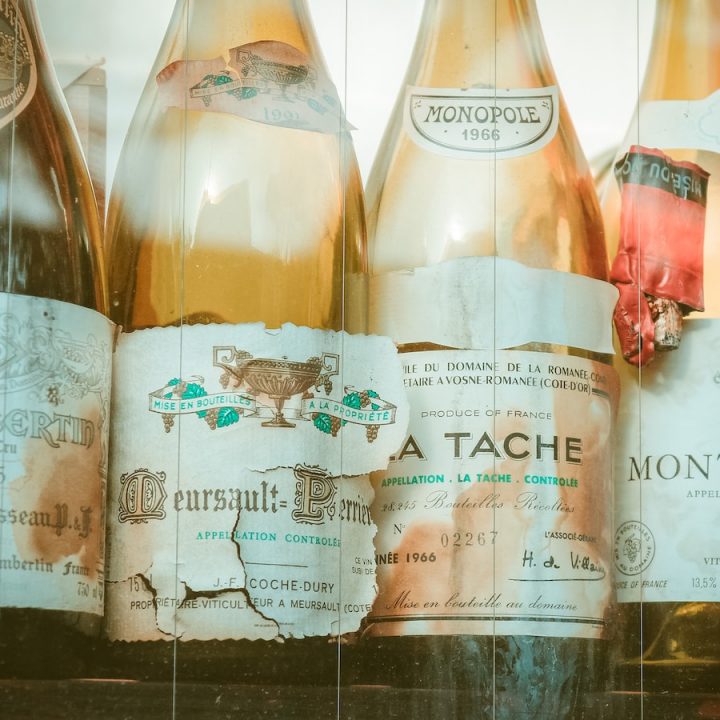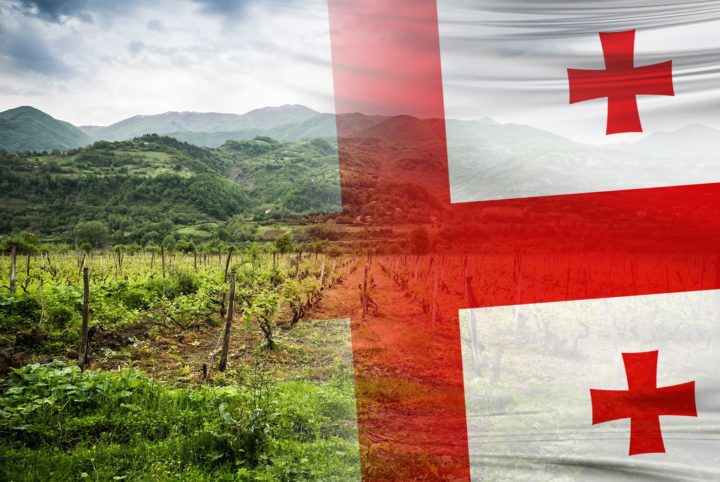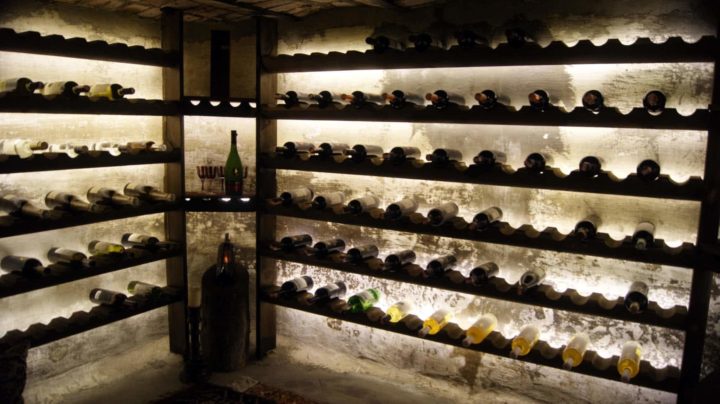Asparagus (lat. Asparagus officinalis) is considered the favorite vegetable of the Germans. From the end of March to June, more than 120,000 tons of it are stung in our country. At the same time, each of us consumes almost two kilos of it. Its great popularity is due to its taste qualities. In addition to its delicate aroma, asparagus is rich in minerals such as potassium, calcium, iron and phosphorus. Figure-conscious gourmets can really get their hands on it: With just 20 kcal per 100 g, it is a real satiator and slimming agent.
Spaghetti varieties – From white to violet
The botanical family of asparagus comprises over 200 different species, whereby for us it is mainly the vegetable asparagus (lat. Asparagus officinalis) that is of culinary importance. However, various asparagus plants are also used as ornamental plants, such as the decorative feather asparagus (lat. Asparagus setaceus).
At the weekly market you can find the most different varieties of the pole vegetables, which differ mainly in their thickness and color. White asparagus is the undisputed number one in Germany, while the rest of the world prefers the more aromatic green asparagus. In addition to its taste, the green variety also has more of the valuable ingredients and does not need to be peeled at all or only partially. The color of asparagus does not depend on its species, but on sunlight. White asparagus is cultivated under thick mounds of earth, sometimes even under foil, and does not see a single ray of sunlight until it is harvested. For harvesting, it is elaborately dug and stabbed.
For green asparagus, on the other hand, do not need to pile mounds of earth or spread film. It gets its color from contact with sunlight. The natural plant pigment chlorophyll, which serves the plant for photosynthesis, is responsible for its lush green. What is special about green asparagus is that, unlike white asparagus, it usually does not need to be peeled, has a more intense, tart flavor and more ingredients than white asparagus.
A special form of asparagus is the purple asparagus. Like green asparagus, purple asparagus gets its color from contact with sunlight. However, the deep dark violet is not produced by chlorophyll, but by anthocyanins. The color serves as a natural sunscreen for the young asparagus shoots, as it absorbs UV rays and protects the plant from cell damage.
By the way, in asparagus, the male variants are the more productive. For this reason, in cultivated asparagus for home cultivation is often found the addition of 100% male.
White asparagus and its varieties
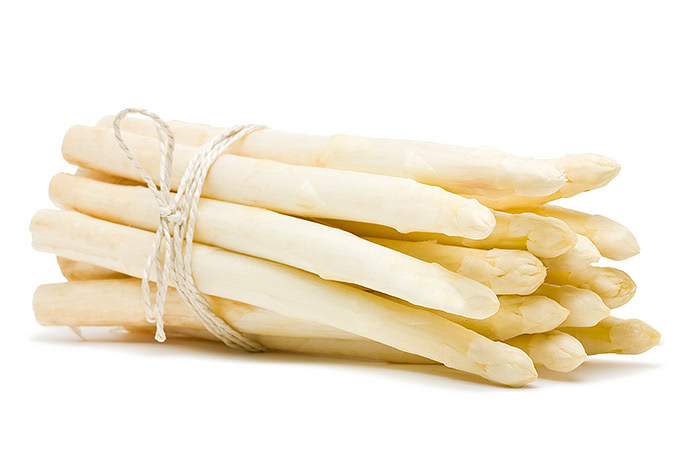
The light variety of asparagus is the classic in German cuisine. Outside Germany, however, the pale asparagus is comparatively unknown. Only our neighbors from France are also great friends of the white variant. The taste of white asparagus is quite delicate. Fatty sauces such as a hollandaise sauce enhance the natural flavor of the vegetables due to their fat content.
Cumulus
Cumulus is one of the newest breeds and only available on the market since 2011, but since then it enjoys great popularity. It is an all-male breeding form that can produce a high yield. The Cumulus is known for its uniformly thick and particularly smooth stems, which have an intense and sweet taste. A special feature of the asparagus variety is the bright white of the stalks.
Ramires
The Ramires sprouts early and has enormous yield potential while maintaining high quality. Its shoots are uniformly white and have a particularly straight growth habit, which makes them a visual highlight. At the same time, however, the variety requires a little more attention in cultivation. Due to their strong summer weeds, fields should have good aeration to reduce the risk of plant diseases.
Gijnlim
The early-growing asparagus variety Gijnlim has an extremely high yield potential, which makes it comparable to the Ramires variety. The Gijnlim produces many, massive asparagus shoots that convince with their straight growth form and outstanding quality. The variety is one of the most popular varieties to harvest the first asparagus of the season.
Raffaelo
Raffaelo asparagus is an all-male hybrid variety harvested towards the end of the season. Despite the late harvest time, Raffaelo has excellent quality with high yield potential.
Varieties for green asparagus
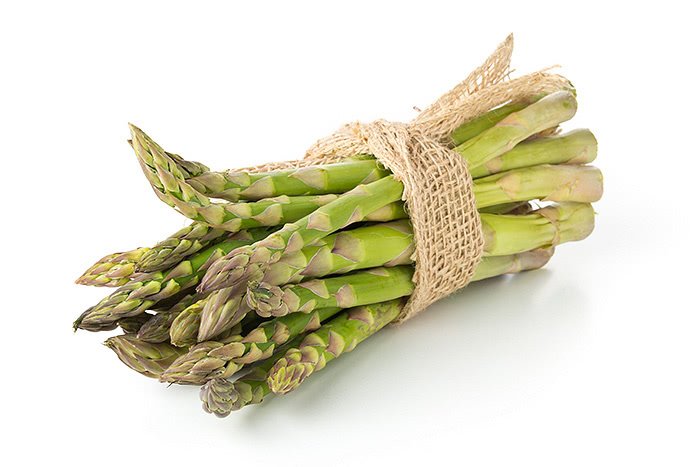
Green asparagus represents the most popular form of pole vegetables in the world. Its flavor is much more intense than that of pale asparagus and is richer in valuable ingredients – compared to its relatives growing underground. The green color is caused by the pigment chlorophyll, which the plant needs for energy production (photosynthesis).
Unlike white asparagus, green asparagus almost never needs to be peeled and is also a real treat raw. The best way to prepare it is in a pan. Only in the case of particularly thick asparagus spears, the lower third is peeled, as long fibers have formed there. For thinner shoots, it is already enough to cut off the lower one to two centimeters.
Xenolim
Xenolim is a new Dutch variety that has a particularly beautiful and uniform coloration. The shoots of xenolim are thick and uniformly shaped. Another feature of the variety is the high yield potential, which makes it popular with asparagus growers.
Primaverde
Primaverde is an all-male variety and the first anthocyanin-free variety on the market. The missing anthocyanins provide a particularly mild taste. Other characteristics of Primaverde are its uniform-straight growth habit, late-opening heads and early harvesting time.
Purple asparagus
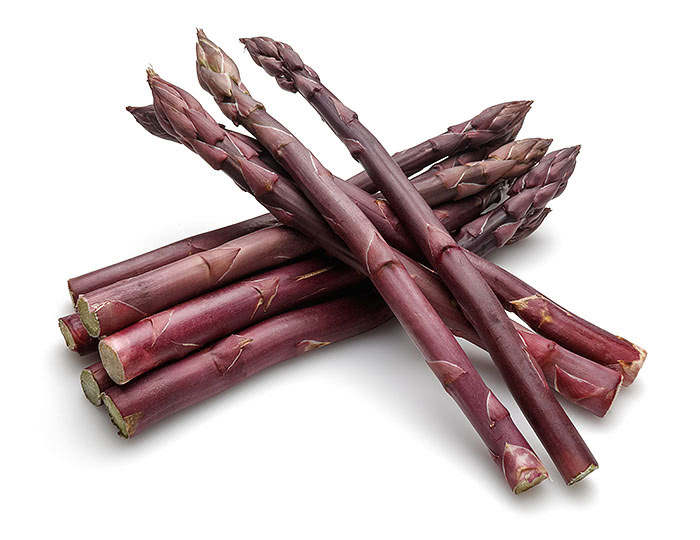
The deep purple to almost black coloration of this asparagus variety is caused by anthocyanins. These protect the young shoots from dangerous UV radiation. So they are the sun milk of the plant. Purple asparagus should not be peeled, otherwise it loses its valuable antioxidants in the asparagus skin and its beautiful color. Because of its color, it must not be boiled, otherwise its colorants will dissolve in water and their antioxidants will end up in the drain. Purple asparagus has the most and most valuable ingredients of all asparagus varieties and at the same time the most intense aroma with a subtle bitter note. Anthocyanins act as antioxidants in the body and protect cells from free radicals.
Burgundine
Very colorful variety with intense flavor. However, when cooked, it loses its beautiful coloration, which is why the burgundy is primarily chopped and prepared in a pan. The variety has a particularly large number of healthy ingredients. In cultivation, the asparagus requires comparatively much heat and produces less yield than its white and green relatives.





